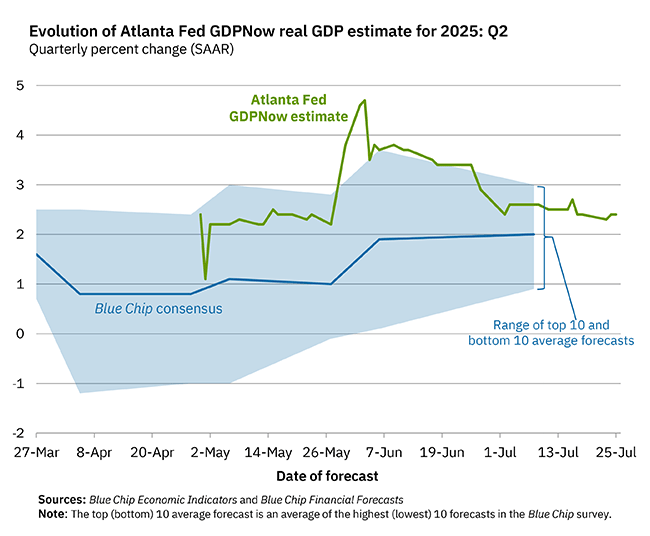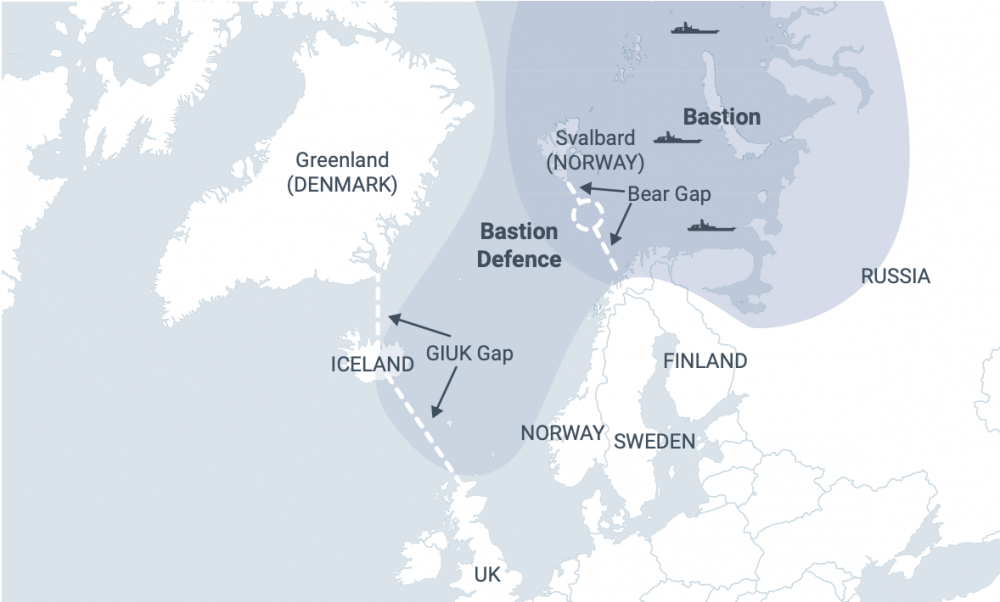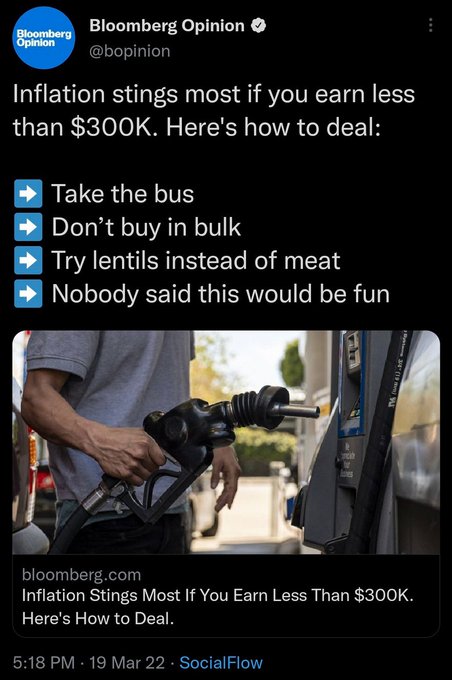From Rest of World, June 27:
Funding is drying up, and layoffs are
skyrocketing: “There was no notice. There was an email in the morning
and then a town hall.”
In mid-2021, Miguel, a 26-year-old living in Mexico City, had been
working as a delivery driver for Uber Eats and DiDi when a friend told
him that the Colombian grocery startup Merqueo was hiring. Just a few
months before, in April, Merqueo had launched 10-minute delivery in Mexico and announced it would be investing
$60 million in the country. The job promised stable hours and benefits
— something Miguel had never had before with a delivery platform. He
started work in January.
In early June, Miguel — who asked to use a pseudonym to speak
candidly about his experience — and other Merqueo delivery drivers were
invited to a video call with an executive. They were told that the
company would be exiting Mexico and that they would be out of a job that week.
“I thought they were growing this year … it was all a little weird and very sudden,” Miguel told Rest of World. “Now I have to worry about bringing food home.”
Merqueo did not respond to a request from Rest of World for comment.
Miguel is one of tens of thousands of tech company workers around the
world, from delivery drivers to software engineers, who have been laid
off as the industry adjusts to an increasingly difficult operating
environment. According to the layoffs.fyi
project, which tracks retrenchments at tech companies, almost 100,000
startup employees across the world have lost their jobs since the
beginning of March 2022.
The causes of the global layoffs are rooted in the broader economic environment. Inflation has put pressure on consumers, reducing demand for tech services and products.
A rout in technology stocks since the start of the year has wiped more
than a trillion dollars off the valuations of tech giants and billions off the balance sheets of major investors, such as the Japanese mega-fund owner SoftBank Group, reducing their ability and appetite for supporting loss-making startups. Rest of World
interviewed investors, founders, and analysts across Asia and Latin
America, to understand how this is impacting workers on the ground.
While some see opportunities in the chaos engulfing the industry, most
expect 2022 to be a brutal year for emerging market tech, as companies
cut their expansion plans and reduce headcounts.
“Everyone should be laying people off,” Shu Nyatta, a venture
capitalist and former managing partner of SoftBank’s Latin America Fund,
told Rest of World, “for the simple reason that everyone
should be extending their runway as much as possible without
fundamentally hurting their business.”
For the past half decade, massive global investors, including
SoftBank and Tiger Global, have opened their wallets to emerging market
tech, helping to create regional giants, such as the Argentinian
personal finance app Ualá, the Indian payments platform Paytm, and
Indonesian super app GoTo. In 2021, venture funding to Asia hit $165
billion — 50% more than in 2020, according to data from Crunchbase, the research site. Funding to Latin America rose 300%, to $19.6 billion....
....MUCH MORE
Miscellaneous thoughts, possibly related:
The introduction to "Europe Invests in Latin America":
"Emerging market speculation tends to appear at a juncture in the economic cycle when
declining yields on domestic bonds combine with an excess of capital to make
foreign investments particularly attractive."
-Edward Chancellor
Chapter 4, Fool's Gold: The Emerging Markets of the 1820's
The 1890 collapse of Barings:
And a memento mori for whenever I start to feel superior to anyone or anything:
Early Humans in Peru More Advanced Than We Thought, Had Reached Sony Walkman/Friendster Stage of Development
Also:
"Hubris is one of the great renewable resources"
—P. J. O'Rourke


